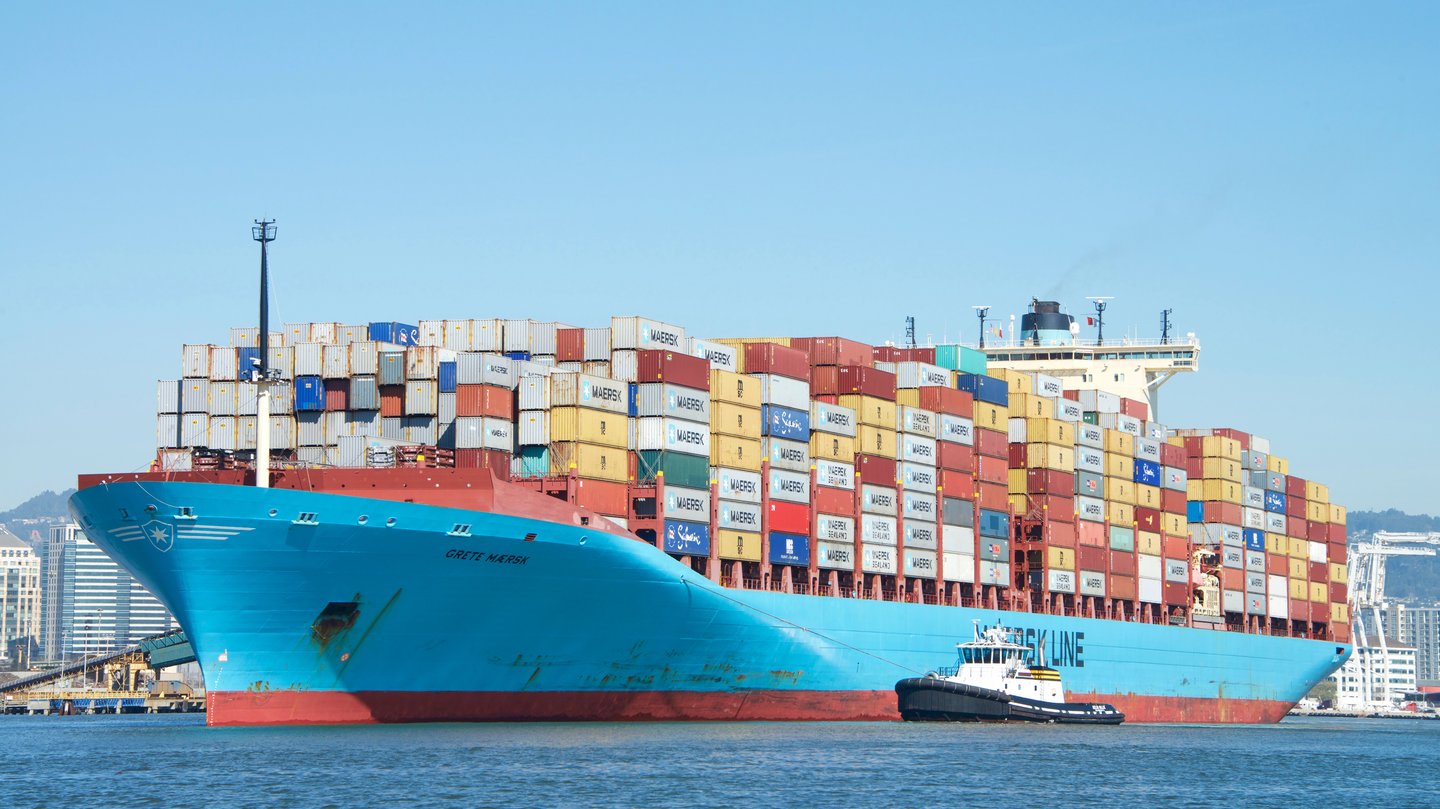Cargo Volume Expected to Hit Yearly Peak, NRF Says
Import cargo volume at the nation’s major container ports is expected to hit its highest level in nearly a year in August as retailers stock up for the holiday season, according to a new report from the National Retail Federation and Hackett Associates.
U.S. ports covered by Global Port Tracker handled 1.83 million Twenty-Foot Equivalent Twenty-Foot Equivalent Units – one 20-foot container or its equivalent – in June, the latest month for which final numbers are available. That was down 5.2% from May and down 18.7% year-over-year. That brought the first half of 2023 to 10.5 million TEU, down 22% from the first half of 2022.
Ports have not yet reported July numbers, but Global Port Tracker projected the month at 1.91 million TEU, down 12.7% year-over-year. August is forecast at 2.03 million TEU, down 10.2% year-over-year but the first month since last October to reach 2 million TEU. September is forecast at 1.97 million TEU, down 3%; October at 1.99 million TEU, down 1%; November at 1.92 million TEU, up 8% for the first year-over-year increase since June 2022, and December also at 1.92 million TEU, up 10.7% year-over-year.
Those numbers would bring 2023 to 22.3 million TEU, down 12.8% from last year. Imports for all of 2022 totaled 25.5 million TEU, down 1.2% from the annual record of 25.8 million TEU set in 2021.
Hackett Associates Founder Ben Hackett said double-digit year-over-year decreases in cargo volume this year have come even though consumer spending and U.S. employment have increased.
“Dollar figures for international trade show imports remain in a year-over-year decline and cargo volume shows the same,” Hackett said. “The discrepancy between rising growth in sales and declining cargo volumes is happening because retailers are working their way through inventory built up over the last 12 to 18 months. Cargo growth should resume as inventories are depleted.”


